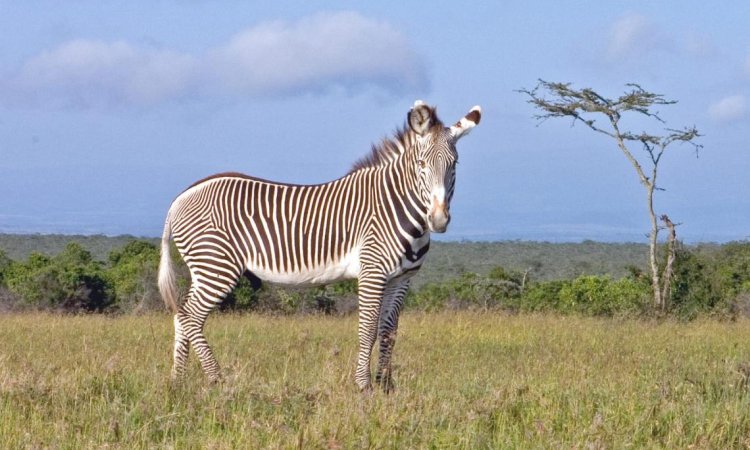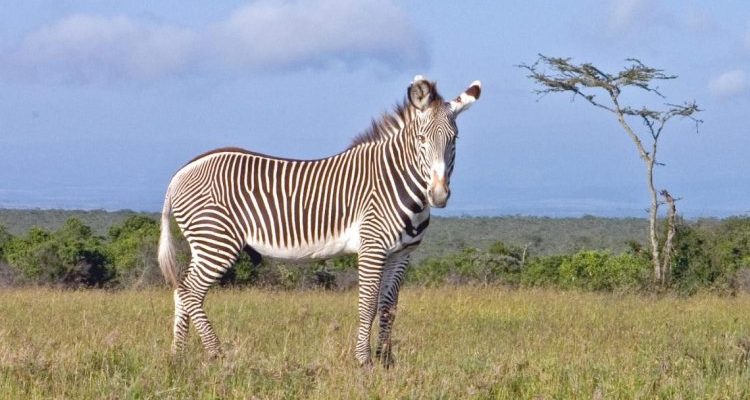
Just like your favorite coffee shop might struggle to stay open during hard economic times, zebras are battling against habitat loss, poaching, and climate change. These challenges can sometimes feel overwhelming, but there’s also hope. Conservation efforts are underway globally, making strides to protect zebras and their habitats. So, let’s explore the situation together and understand how we can help keep these remarkable animals roaming the wild.
The Current Status of Zebra Populations
There are three main species of zebra: the **Grévy’s zebra**, the **plains zebra**, and the **mountain zebra**. Each has its own unique characteristics and habitats. Let’s break it down:
- Grévy’s Zebra: This species is the largest and most endangered. Found mainly in Ethiopia and Northern Kenya, its population has plummeted due to habitat degradation and competition with livestock.
- Plains Zebra: The most numerous of the three, they inhabit savannahs and grasslands across Africa. Despite their larger numbers, they still face threats from hunting and habitat loss.
- Mountain Zebra: This species calls the rugged terrain of South Africa and Namibia home. Though not as endangered as Grévy’s, they are still vulnerable due to shrinking habitats.
You might be wondering why the **Grévy’s zebra** is in such dire straits. One major reason is the intense competition for resources. With humans encroaching on their habitats for farming and livestock, zebras are squeezed out of their natural environments, literally fighting for their place to live.
Understanding the Threats to Zebras
Zebras face a variety of challenges that threaten their survival. Here are some of the key issues:
- Habitat Loss: As agriculture expands and urban areas grow, zebras lose their grazing land. This leads to decreased food sources and forced migrations, which can be dangerous.
- Poaching: Illegal hunting is a significant threat, driven by the demand for their skins and meat. In some regions, zebras are hunted for sport, further reducing their numbers.
- Climate Change: Changes in weather patterns can affect the availability of water and food. Droughts can make it difficult for zebras to find enough to eat or drink, pushing them to move into less suitable areas.
Here’s the thing: if these threats continue unchecked, we could see a rapid decline in zebra populations. It’s like watching a slow-motion car crash—you know it’s going to end badly, but you wish you could intervene and save the day.
Conservation Efforts Around the World
Luckily, many organizations and governments are stepping up to help zebras. Here’s an overview of what’s being done:
1. **Protected Areas**: National parks and reserves have been established to give zebras safe spaces to roam and thrive. These protected areas help mitigate the effects of habitat loss and provide safe corridors for migration.
2. **Anti-Poaching Initiatives**: Many wildlife organizations are actively working to combat poaching through education and enforcement of anti-poaching laws. This includes training local law enforcement to monitor wildlife and deter illegal hunting.
3. **Community Involvement**: Engaging local communities in conservation efforts has proven effective. By promoting eco-tourism and sustainable farming practices, communities can benefit financially from preserving zebras instead of exploiting them.
4. **Research and Monitoring**: Ongoing research helps conservationists understand zebra behavior and ecology better. This knowledge allows for targeted efforts to protect their habitats and support population recovery.
These initiatives reflect the growing understanding that every species matters, not just for biodiversity but for the health of our planet.
How You Can Help Zebras
You might feel a little far removed from zebras if you’ve never seen one in the wild, but there are many ways you can contribute to their conservation. Here are some ideas:
- Support Conservation Groups: Consider donating to organizations focused on zebra conservation. Your contributions can help fund essential programs and initiatives.
- Spread Awareness: Talk to friends and family about the challenges zebras face. The more people know, the more likely they’ll take action.
- Participate in Eco-Tourism: If you ever get a chance to visit Africa, opt for eco-friendly tours that support local communities and conservation efforts.
- Reduce Your Footprint: By living sustainably and minimizing your environmental impact, you help preserve habitats vital for zebras and countless other species.
With a little effort from people all around the world, we can make a difference for these incredible creatures.
The Role of Education in Conservation
Education is key in many aspects of conservation, especially for species like zebras. Here’s why:
- Awareness of Threats: Understanding what zebras face enables people to become advocates for wildlife. The more knowledgeable we are about issues like poaching and habitat loss, the more likely we are to support initiatives that help.
- Empowering Communities: Education programs can empower local communities to protect wildlife. When people understand the ecological and economic value of preserving zebras, they’re more likely to take action.
- Fostering Stewardship: Teaching younger generations about zebras and their habitats can instill a sense of responsibility toward the environment. Today’s kids can be tomorrow’s conservationists!
Here’s one example: in Kenya, educational programs introduced in local schools have raised awareness among children about the importance of wildlife conservation. These young advocates are now passionate about protecting zebras and their ecosystems.
Looking to the Future: Hope for Zebras
The situation for zebras might seem bleak at times, but promising progress is being made. With ongoing conservation efforts and public support, there’s hope for reversing the declines in zebra populations. The key lies in a multi-faceted approach that tackles various threats all at once.
Strong international cooperation has led to cross-border conservation initiatives, helping to create larger protected areas for wildlife. Community-based efforts are opening doors for locals to participate in, giving them a stake in the success of conservation programs.
Imagine a future where zebras roam free, their stripes marking the landscape like living art. It might take time, but with everyone’s help, we can work toward a brighter future for these iconic animals.
In conclusion, zebras are much more than just striped horses; they’re vital to the ecosystem. By understanding their plight and supporting conservation initiatives, we can play a role in ensuring these magnificent creatures remain part of our world for generations to come. Every action, no matter how small, contributes to the bigger picture. Let’s stand together to protect zebras and all they represent in the wild.

